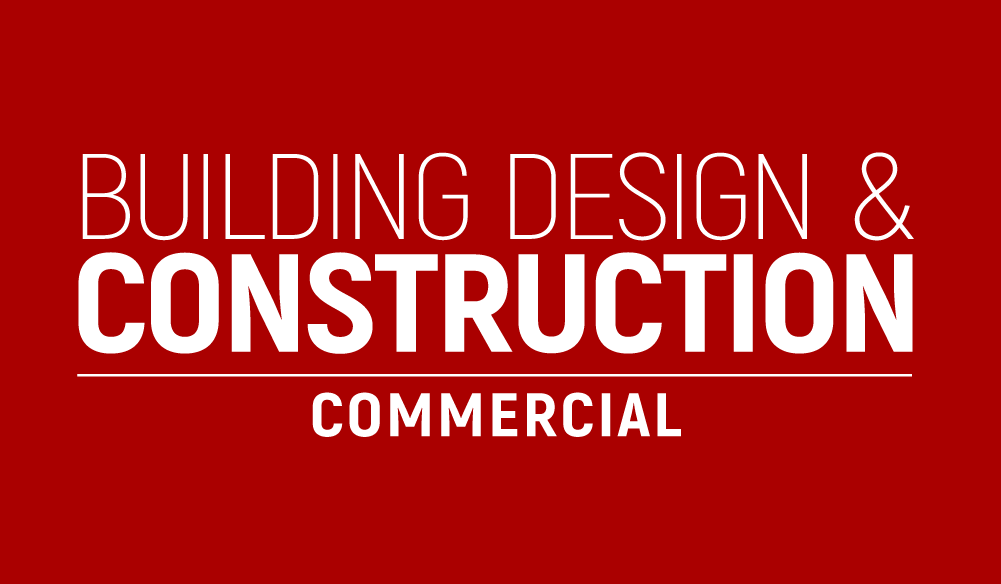The potential staying-power of any project has always been a key consideration for town planners, developers and private contractors in the construction of building and structural systems. But as we move into a future that’s set to be impacted by the evolving issue of climate change, achieving durability (and the most sustainable use of carbon-intensive raw materials) represents a growing challenge to the construction industry.
For both existing buildings and new projects, building cladding offers protection from the elements, keeping buildings and infrastructure functional and attractive far into the future. With many options for cladding available, vitreous enamel provides architects and builders with the benefits of longevity, protection, safety and design versatility in their construction ventures – making it the ideal choice in a variety of circumstances.
What Is Vitreous Enamel Cladding?
Vitreous enamel is created by fusing powered glass to a substrate – and in the case of cladding and signmaking, stainless steel – by firing it to a very high temperature, allowing the glass to harden into a smooth, durable coating. The word “vitreous” drives from the Latin vitreum, which means glass, and it’s this element which allows for such creative freedom (including a hugely extensive colour range) in designs – making it ideal for exterior murals and public art projects.
The resulting surface on vitreous enamel cladding benefits from low static, preventing dust adhesion and reducing the need for continual maintenance. The colours chosen for a project are unaffected by sunlight and therefore won’t fade over a building’s lifetime, suiting vitreous enamel cladding to both practical and aesthetic utilisations in any suitable construction project.
What are the Advantages of Using Vitreous Enamel Cladding on Buildings and Structural Systems?
There are a variety of factors at play when we consider the advantages of using vitreous enamel cladding on buildings and structural systems. At its most basic, the purpose of cladding is protection. To the general person, building materials can appear broadly infallible and adding further protection may seem redundant, but everyone in the construction industry is aware of how quickly materials can degrade – potentially undermining both structural integrity and energy rating.
Cladding increases the mechanical strength of a variety of structures and protects key structural elements from exposure to the environment. We can expect to see greater extremes in temperature, as well as more adverse weather events, in the coming decades, and cladding can ensure buildings are less susceptible to water absorption, chemical pollution and cracking caused by thermal expansion and contraction.
Vitreous enamel can also increase the fire safety of a building or structure, as a zero smoke, zero fire rated material that can be used as a cladding or rain shield system to a building, tunnel or even room. People’s safety should of course be the primary consideration for any building or public space, and enamel coatings applied to steel panels not only offer greater protection to the core building material, but the individuals who use that space.
At a glance, the practical benefits of cladding in this material include:
- Durability
- Weather-resistance
- Easy maintenance
- UV resistance
- Dirt-repellent
- Non-flammable
- Graffiti-proof
But aside from the purely pragmatic, cladding using vitreous enamel has the scope for some truly artistic applications, and can incorporate everything from wayfaring to abstract design. Urban design has been linked to the mental health of town and city dwellers in a variety of ways (including access to green spaces and active space for exercise), but a sometimes-underappreciated aspect of this phenomenon is how urban spaces look.
City dwellers have an almost 40% increased risk of depression, over 20% more of anxiety, and double the risk of developing schizophrenia compared to people who live in the countryside. While the causes are complex, mental health is closely associated with strong social connections and social capital, and urban design can be a key part of this.
Firstly, the aesthetic potential of vitreous enamel gives those in the construction industry a chance to engage the local community concerning colour and design – which increases the pro-social potential of any development and lets residents feel more in control of the area they live in. Secondly, while most of the research into urban spaces and mental health focuses on green areas like parks, making streets, buildings and public spaces aesthetically pleasing can also boost people’s sense of wellbeing and pride in their city, as well as increasing its cultural capital.
As the construction industry (and wider society) grows more aware of the importance of sustainability, increasing environmental pressures and the impact of urban spaces on the mental health of those who live in them, the priorities in construction and design are likely to continue to shift.
Vitreous enamel cladding offers architects and builders a way to respond to these changing priorities in a forward-thinking way, future-proofing their projects and ensuring they can withstand evolving pressures in a changing world.





